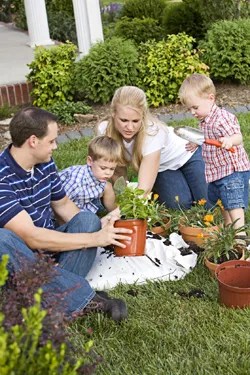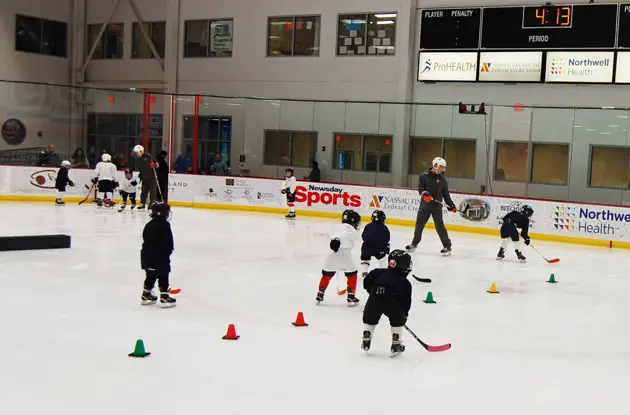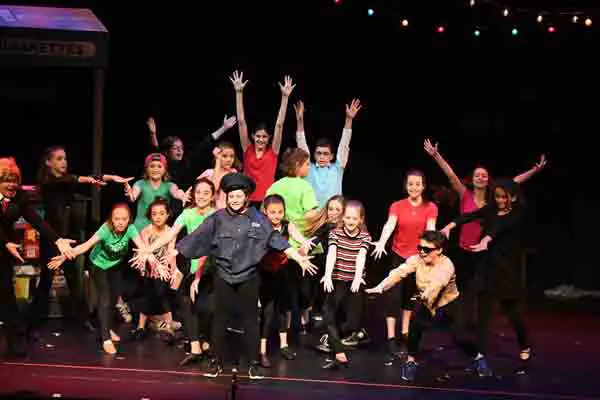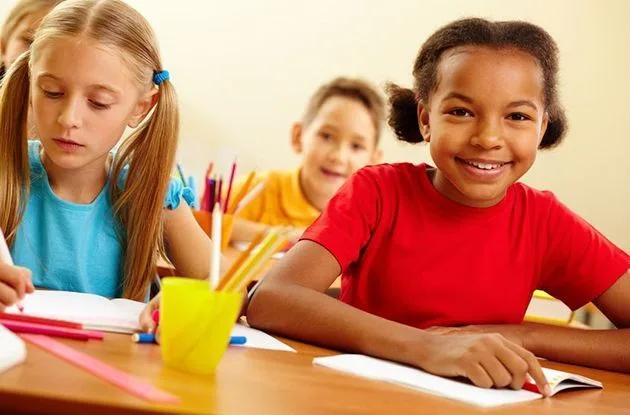Author Lawanna Blackwell once wrote, “Outings are so much more fun when we savor them through our children’s eyes.”

Most parents would agree: Our children help us see things as we once did when we were young. Their innate curiosity, enthusiasm and sense of wonder about the world around them takes us back to the days when we were children and life was simple.
Back then, if we grew up in the suburbs or the countryside, our parents said, “Go outside and play,” and we weren’t due home until the streetlights came on. The best fun was catching fireflies or lizards, wading in a nearby stream, picking bouquets of dandelions, searching for four-leaf clovers and collecting rocks. When we were old enough, Dad took us for hikes in the woods and we helped Mom plant and care for the garden.
It was those everyday childhood experiences that shaped the conservation values of many adults today. Spending time under the shade of the big maple tree in the front yard, walking along the seashore and camping in the mountains deepened our love and appreciation for the world beyond our front door.
For a variety of reasons, today’s children spend little time outdoors. They are the first generation to grow up disconnected from nature, a fact that causes great concern among those in the conservation field.
“When these children become adults,” conservation professionals ask, “how will they care for the natural world if they have never experienced it and haven’t grown to love it?”
Parents or caregivers may feel uncertain about how to open up this new world for our children. First and foremost, it’s important to remember that you don’t need to be a nature expert. You can appreciate the animals, plants, trees and bugs you’ll see even if you can’t identify each one.
In a 1956 essay for Woman’s Home Companion magazine, environmental pioneer Rachel Carson addressed a parent’s sense of inadequacy: “I sincerely believe that for the child, and for the parent seeking to guide him, it is not half so important to know as to feel.”
She went on to explain that by developing a child’s senses and emotions in early childhood, a desire for facts and knowledge would follow. As you and your child marvel together at the beauty of the colorful butterfly, listen to a bird’s song, wonder at the intricacy of a spider’s web, or watch as the last rays of sun form an awe-inspiring sunset, you’re helping arouse emotions that will grow into a lasting desire to learn more.
So, just how do you begin to help your kids see the world as you once did?
1. Start close to home. Explore your own yard or at the park down the street first. As your children grow older, they’ll be ready for experiences farther and farther from home.
2. Take time. When children are young, even 15-minute outings several times a week can start them on the road to becoming conservation-minded citizens. You’ll find those times will expand without trying.
3. Encourage all the senses. Stay on the alert for sights and sounds, smells and textures you both can enjoy. The fragrance of fresh earth in the spring and the roughness of tree bark are memories that can stay with them for life.
4. Listen. As you listen for those sounds around you, listen to your children. When they ask a question and you can answer it, be sure it’s on their level. And if they ask a question you can’t answer, tell them you will find the answer together at the public library or on the Internet.
5. Show them. Especially if yours hasn’t been an outdoor family, you may need to show your children what to do. Climb a tree with them. Show them how to make a snow angel or snow fort. Let them see you’re not afraid of bugs. Your own enthusiasm will ease any fears they may have and make the experiences joyful.
As your children grow and begin to appreciate nature, you can involve them in bigger outdoor projects and engage them in indoor conservation activities too. Outdoors, your family can:
— Create a wildlife-friendly yard and garden. By using native plants in your landscaping and providing water, shelter and places for wildlife to raise their young, you will be offering all the components needed for a wildlife habitat. Children can be involved in many ways. They can help make a toad abode or fill the bird feeder. You’ll all enjoy watching the birds, butterflies and other wildlife that visit. Every family member will have a sense of satisfaction from knowing you’re helping wildlife in your neighborhood.
—Make space for a children’s garden. Invite the kids to help select the spot. It should be small and easy to manage. Window boxes or other containers are other good options.
—Start a nature discovery journal. Create a family journal to which everyone contributes, or each family member can start his or her own. Here you will note highlights of outdoor exploration, draw pictures of the wildlife in your yard, or take photographs and include them as well.
—Undertake a service project in your neighborhood. As a family or with your school or church/temple group, take part in Earth Day activities or environmental projects that meet local needs.
—Camp out in the backyard. Extended family and friends can join in too. You’ll have fun making (and eating!) s’mores, listening for the sounds of nocturnal animals, trying to identify some constellations and swapping stories around the lantern. Not to mention some good old-fashioned bonding.
Children of all ages can help undertake conservation measures around the home. School-age children can learn how the environment benefits from these and other actions:
—Change that light bulb. Lighting makes up around 9 percent of your home’s electric usage. Replace incandescent light bulbs with compact fluorescent bulbs (CFLs), which last up to five years and help reduce greenhouse gas emissions.
—Unplug. Televisions, computers, DVD players and other electronics with a stand-by mode actually generate power when they are turned off. Turn off power strips or manually unplug electronics when leaving the home for work or travel.
—Check the furnace and air conditioner filter. Older kids can help change or clean your furnace and air conditioner filters regularly to keep heating and cooling systems running efficiently. Dust can restrict airflow and stress the system.
—Recycle. Children and adults can recycle aluminum cans, glass bottles, plastic, cardboard and newspapers.
Parents can also hand down their environmental values by having the family choose an environmental organization to support financially. Each family member can research and recommend an organization before the decision is put to a vote.
Handing down your environmental values is actually a lifelong process, one that can make a world of difference to future generations. It’s never too early — or too late — to start.
ALENE ARCHER is a mother who works with the National Wildlife Federation.





















